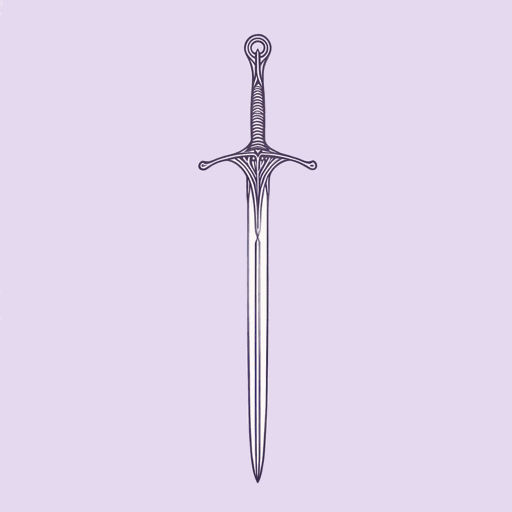55 pages • 1 hour read
Sarah J. MaasThrone of Glass
Fiction | Novel | YA | Published in 2012A modern alternative to SparkNotes and CliffsNotes, SuperSummary offers high-quality Study Guides with detailed chapter summaries and analysis of major themes, characters, and more.
Symbols & Motifs
The Eye of Elena
Celaena receives the Eye of Elena, a magical protective amulet, in her second encounter with Elena’s spirit. The Eye symbolizes Celaena’s secret identity as Aelin Galathynius, the lost princess of Terrasen, becoming a marker of Celaena’s destiny to reclaim her true identity and defeat the King of Adarlan. Throughout the novel, Celaena’s repression of her true identity is further exacerbated by the secondary alias of “Lillian Gordaina,” layers of concealed identity that create moral uncertainty for other characters about her ethical nature. When Nehemia returns the amulet to Celaena at the end of the novel, she symbolically returns Celaena to her true self.
Traumatic Parent/Child Relationships
Celaena, Dorian, and Chaol have traumatic and/or antagonistic relationships with their parents, isolated from parental instruction on the precipice of adulthood (Chaol is 22, Dorian 19, and Celaena 18). The absence of positive familial influence makes it difficult for each character to navigate moral complexities. Celaena notes this similarity early in the novel, musing that “Both she and the prince had grown up under strict, unforgiving fathers” (71)—in her case, the assassin Arobynn Hamel, as her biological parents are dead. Meanwhile, Chaol’s father disapproves of Chaol abdicating his inheritance to be Captain of the Guard; Chaol feels more at home with Dorian at Rifthold than in his home city of Anielle.
Related Titles
By Sarah J. Maas

A Court of Mist and Fury
Sarah J. Maas

A Court of Silver Flames
Sarah J. Maas
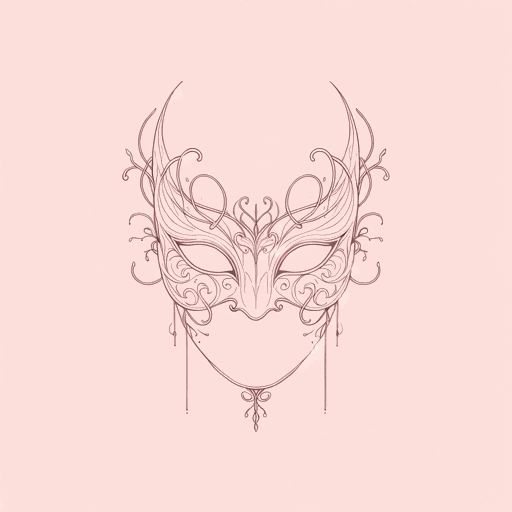
A Court of Thorns and Roses
Sarah J. Maas
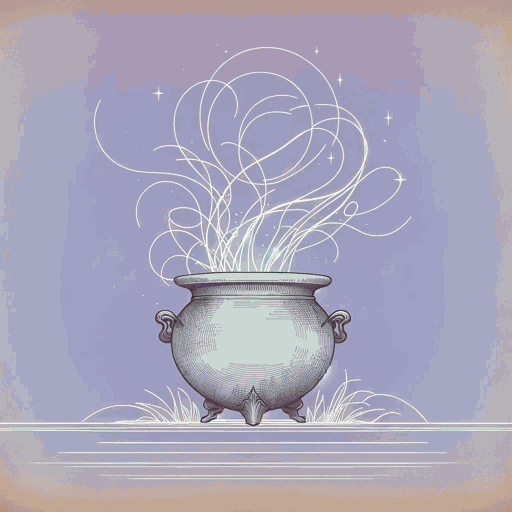
A Court of Wings and Ruin
Sarah J. Maas
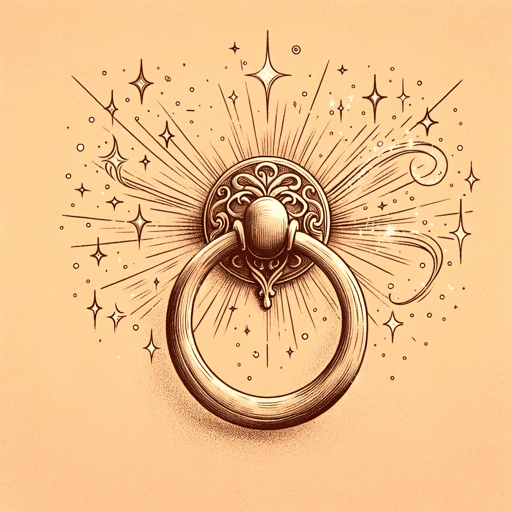
Crown of Midnight
Sarah J. Maas
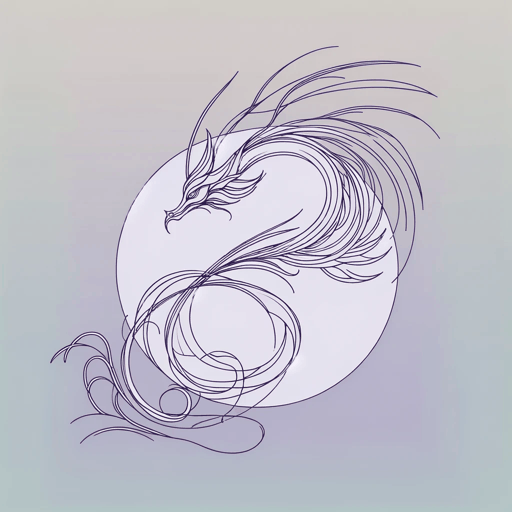
Heir of Fire
Sarah J. Maas
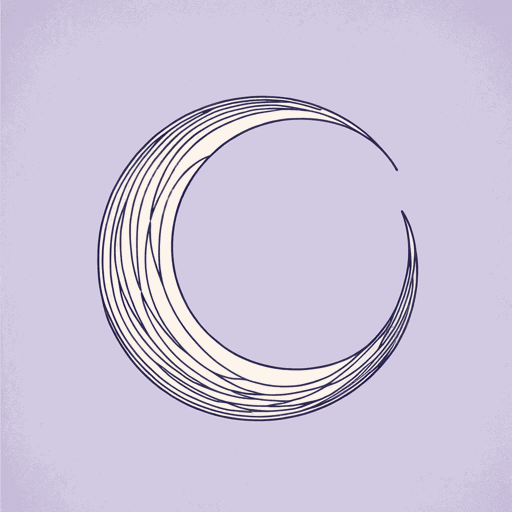
House of Earth and Blood
Sarah J. Maas
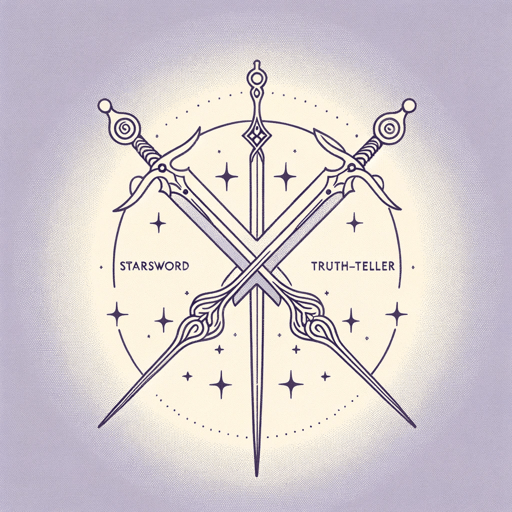
House of Flame and Shadow
Sarah J. Maas
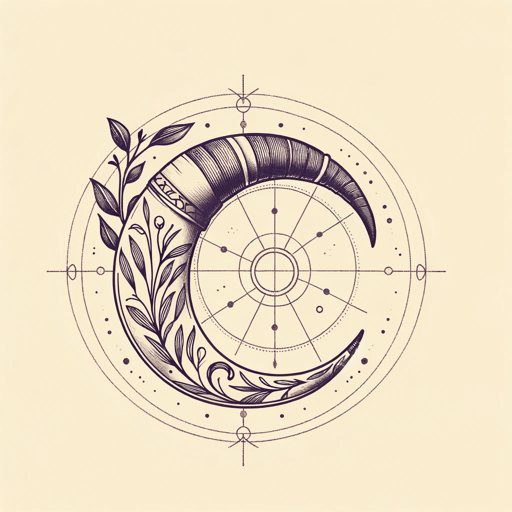
House of Sky and Breath
Sarah J. Maas

Kingdom of Ash
Sarah J. Maas

Queen of Shadows
Sarah J. Maas
